17 Sep 2012 - {{hitsCtrl.values.hits}}
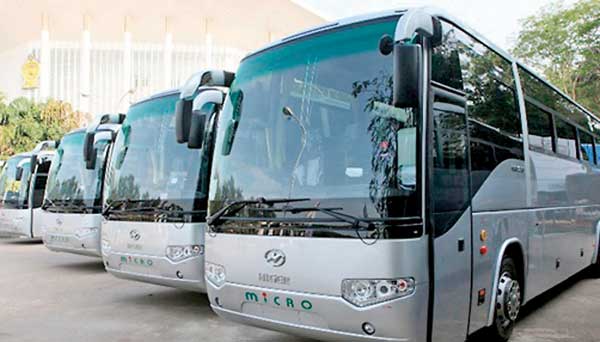
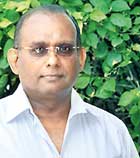 By Srilal Miththapala
By Srilal Miththapala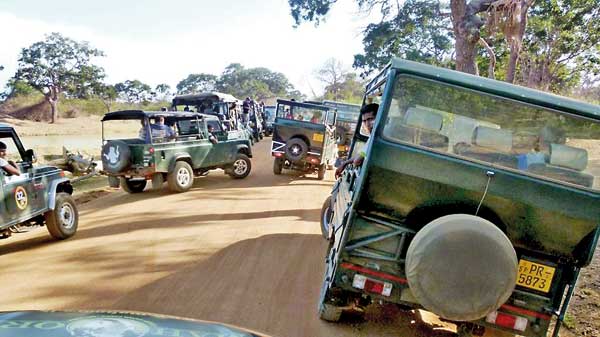

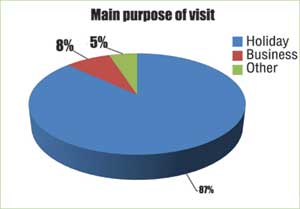
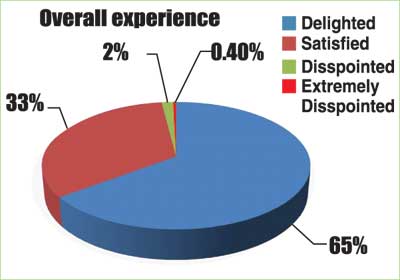
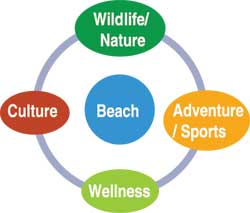 Surprisingly, 70% of all respondents said that they have been travelling with children of the age group of two to 15 years. This indicates a very interesting fact that Sri Lanka seems to be attracting families and hence, hotels should broad base their product offering to cater to children’s needs.
Surprisingly, 70% of all respondents said that they have been travelling with children of the age group of two to 15 years. This indicates a very interesting fact that Sri Lanka seems to be attracting families and hence, hotels should broad base their product offering to cater to children’s needs.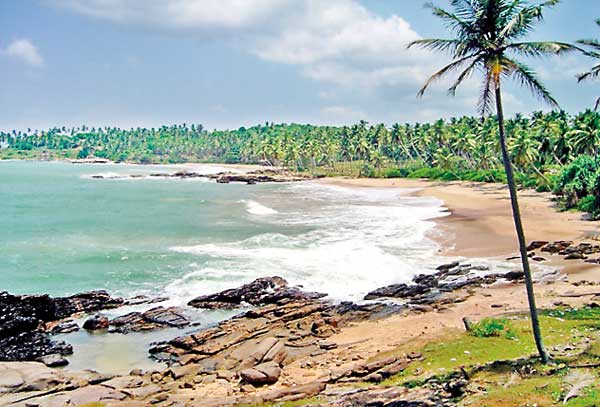
26 Nov 2024 9 minute ago
26 Nov 2024 18 minute ago
26 Nov 2024 1 hours ago
26 Nov 2024 2 hours ago
26 Nov 2024 2 hours ago